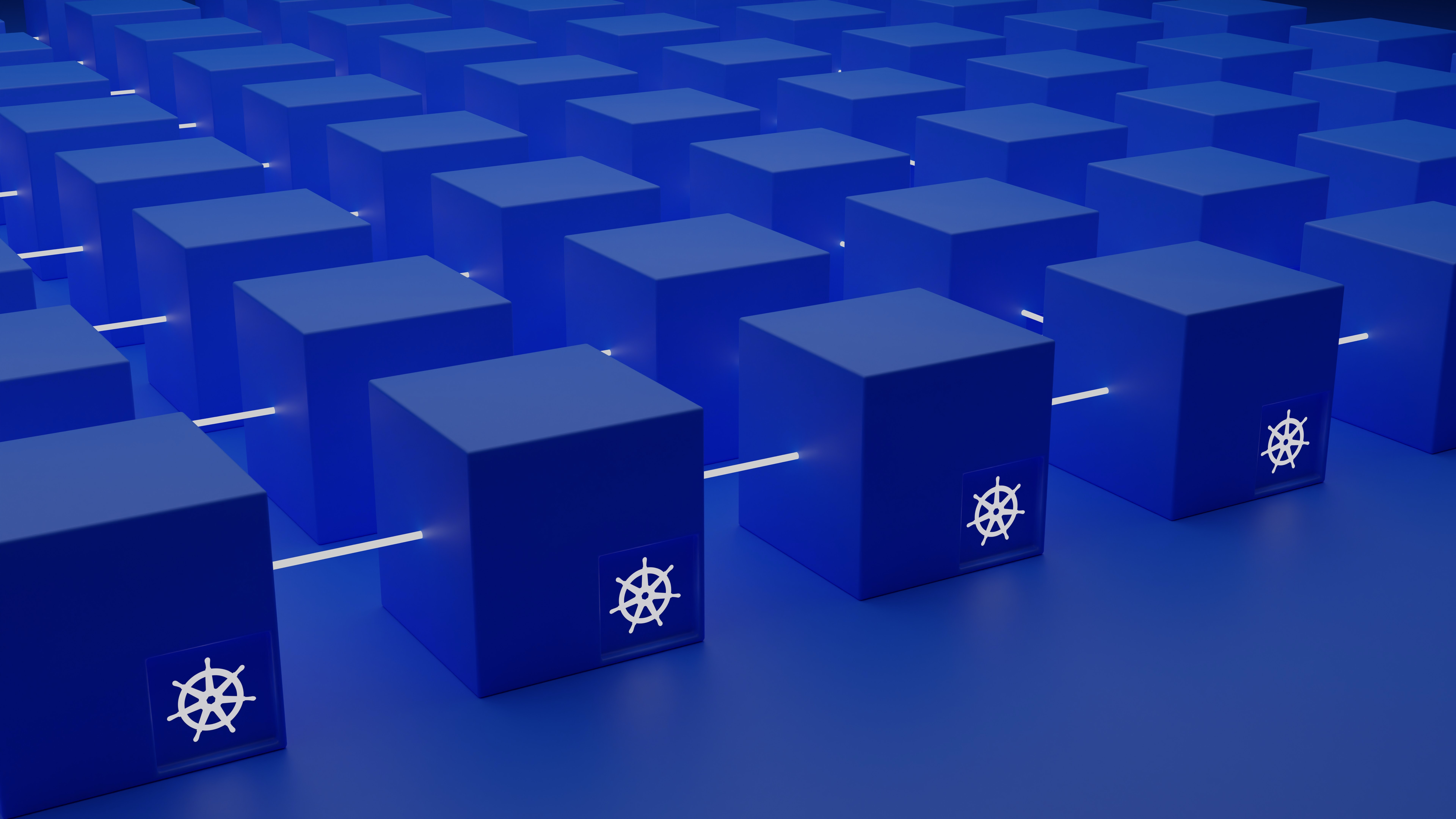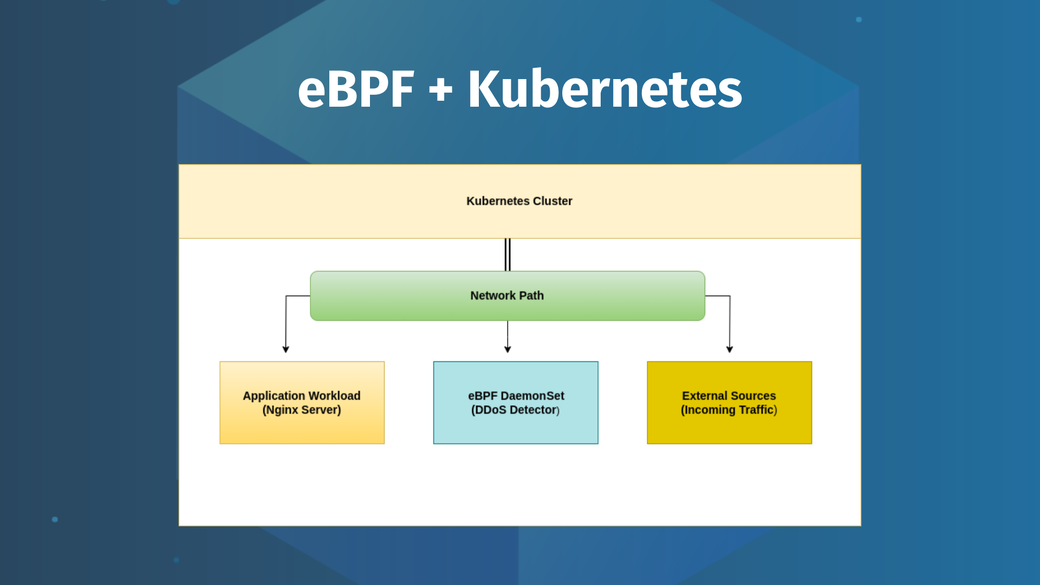Table of Contents
Kubernetes (K8s) has transformed how organizations deploy, manage, and scale containerized applications. As an efficient container orchestration platform, K8s simplifies complex operations while improving overall application performance.
However, just like any complex system, it requires proper maintenance to ensure its reliability, security, and efficiency.
As a Kubernetes expert, it’s critical to understand the significance of maintenance and how best to perform the tasks involved. Doing this ensures the smooth operation of your clusters as well as compliance with industry standards and best practices.
In this post, we’ll cover key components of Kubernetes maintenance and the associated challenges. These include cluster standardization and life cycle management; governance and compliance issues; and extensibility, integrations, and enterprise readiness.
#Cluster Standardization and Life Cycle Management
Cluster standardization is key for maintaining consistency across Kubernetes clusters, making them easier to manage, troubleshoot, and scale.
By mandating uniform configurations across your Kubernetes clusters, you can streamline the deployment and operation of applications, reduce configuration errors, and simplify cluster upgrades.
#Challenges in Maintaining Standardization
Achieving cluster standardization can be challenging due to the following factors:
- Diverse infrastructure—Kubernetes clusters can span across multiple environments, such as on-premises, the cloud, or hybrid setups. This makes it harder to maintain a consistent configuration.
- Multiple stakeholders—Different teams within an organization may have varying requirements, leading to inconsistencies in cluster configurations.
- Rapidly evolving ecosystem—Kubernetes and its surrounding ecosystem are continuously evolving, making it difficult to keep up with the latest best practices and ensure uniformity across clusters.
#Best Practices for Life Cycle Management
To overcome the challenges in maintaining standardization, effective life cycle management becomes crucial. Here are some best practices:
- Adopt infrastructure-as-code (IaC)—By using IaC tools such as Terraform, you can define and manage your cluster infrastructure as code, making it easier to enforce standardization and track changes.
- Implement GitOps—GitOps is a methodology that allows you to use Git as a single source of truth for your cluster configurations, thus simplifying version control and enabling the automation of deployment and rollback processes.
- Use Kubernetes operators—Operators are custom controllers that automate application life cycle management tasks, such as updates and backups, making it easier to maintain consistency across clusters.
- Continuously monitor and assess—Regularly assess your clusters for adherence to standardization and best practices using different tools, and address any discrepancies promptly.
In the next section, we’ll explore the challenges of governance and compliance in Kubernetes maintenance and discuss strategies to ensure adherence to these requirements.
#Governance and Compliance
Governance in Kubernetes refers to the set of policies and processes that help manage the cluster’s resources, access control, and overall operation.
Establishing proper governance practices ensures that your clusters operate securely, efficiently, and in accordance with organizational and regulatory requirements.
#Compliance Requirements for Kubernetes Environments
Compliance requirements vary depending on your organization’s industry, location, and the types of data being processed. Some common compliance standards include:
- General Data Protection Regulation (GDPR)—governs data privacy and security for organizations processing the personal data of EU citizens
- Health Insurance Portability and Accountability Act (HIPAA)—regulates the security and privacy of health care data in the United States
- Payment Card Industry Data Security Standard (PCI-DSS)—sets security standards for organizations handling payment card information
#Challenges in Achieving Governance and Compliance
Meeting governance and compliance requirements in a Kubernetes environment can be challenging due to factors such as:
- The dynamic nature of Kubernetes—The ephemeral nature of containers and the rapid deployment of new services can make it difficult to monitor and enforce policies.
- Multi-tenancy—Supporting multiple teams and applications within a single cluster can introduce complexities in access control and resource allocation.
- Integration with existing systems—Ensuring that Kubernetes clusters align with existing governance and compliance processes can be a complex task.
#Strategies to Ensure Governance and Compliance
To effectively achieve governance and compliance in your Kubernetes clusters, consider the following strategies:
- Use role-based access control (RBAC)—Implement RBAC to define and enforce granular permissions for users and applications, ensuring that they can only access the resources they require.
- Employ network policies—Define and enforce network policies to control traffic flow between pods, namespaces, and external networks, thus enhancing security.
- Implement resource quotas and limit ranges—Enforce resource quotas and limit ranges to prevent excessive resource consumption and ensure fair allocation among users and applications.
- Leverage policy-as-code—Use tools like Open Policy Agent (OPA) to define, enforce, and audit policies as code, streamlining governance and compliance efforts.
#Extensibility, Integrations, and Enterprise Readiness
After addressing governance and compliance, we’ll now explore another essential aspect of Kubernetes maintenance: extensibility, integrations, and enterprise readiness.
Ensuring that your Kubernetes clusters can easily integrate with other tools, platforms, and services is vital for maximizing their potential and aligning them with your organization’s requirements.
#Importance of Extensibility in Kubernetes
Extensibility is a crucial characteristic of Kubernetes. That’s because it allows you to extend its functionality and adapt it to your specific needs.
By leveraging Kubernetes' extensibility, you can seamlessly integrate with various tools and services, thus enhancing your cluster’s capabilities and ensuring a consistent workflow across your organization.
#Challenges in Integrating Kubernetes With Other Tools and Platforms
Integrating Kubernetes with other tools and platforms can be challenging due to factors such as:
- Diverse ecosystem—The vast ecosystem of tools and services around Kubernetes can make it difficult to determine which integrations are necessary and how to implement them effectively.
- Compatibility issues—Ensuring compatibility between Kubernetes and other tools, especially those that aren’t designed explicitly for container orchestration, can be complex and time consuming.
- Maintaining consistency—With numerous integrations in place, maintaining consistency across your Kubernetes clusters can become increasingly difficult.
#Ensuring Enterprise Readiness
Enterprise readiness refers to the ability of your Kubernetes clusters to meet the stringent requirements of large-scale organizations. To ensure that your clusters are enterprise-ready, consider the following best practices.
- Use enterprise-grade Kubernetes distributions—Leverage enterprise-grade Kubernetes distributions, such as OpenShift or VMware Tanzu, that come with built-in support for advanced features, security, and integrations.
- Implement a service mesh—Adopt a service mesh like Istio or Linkerd to enhance observability, security, and control over your microservices, improving overall cluster performance and reliability.
- Prioritize security—Continuously monitor and enforce security best practices across your clusters using tools like Falco, Kubernetes-native runtime security, and container image scanning solutions.
#Adding and Draining Kubernetes Nodes for Maintenance
One of the essential tasks in maintaining a healthy and performant Kubernetes cluster is managing its nodes.
Occasionally, you may need to add new nodes to accommodate increasing workloads. You also may need to drain existing nodes for updates, repairs, or decommissioning.
Next, we’ll discuss the importance of adding and draining nodes. We’ll also provide strategies and a step-by-step guide to help you manage them effectively.
#Why Adding and Draining Nodes Is Necessary
Adding nodes to a Kubernetes cluster helps ensure that sufficient resources are available for applications to run smoothly. Scaling the cluster by adding nodes allows you to accommodate growing workloads and maintain optimal performance.
Draining nodes, on the other hand, is essential for several reasons.
- Updating nodes—To apply updates, patches, or configuration changes to a node, it’s crucial to drain it first. This ensures that no workloads are disrupted during the process.
- Repairing nodes—Draining nodes allows you to perform maintenance tasks such as hardware repairs or addressing performance issues without affecting running workloads.
- Decommissioning nodes—When removing a node from the cluster, it’s important to drain it first to ensure that workloads are safely evicted and rescheduled to other nodes.
#Strategies for Adding and Draining Nodes
Several strategies can help you add and drain nodes efficiently and minimize the impact on your cluster’s performance.
- Rolling updates—Gradually add and drain nodes one at a time, allowing Kubernetes to reschedule workloads to other nodes and maintain high availability.
- Blue/green deployment—Create a separate set of nodes with the desired updates or configurations, and gradually shift workloads from the existing nodes to the new ones.
- Canary deployment—Test updates or configurations on a small subset of nodes before applying them to the entire cluster, minimizing the risk of widespread issues.
#How-to: Step-by-Step Process for Maintaining Kubernetes Nodes
Here’s a guide to help you add and drain nodes effectively in your Kubernetes cluster.
#1. Prepare for Node Maintenance
- Assess the impact of adding or draining nodes on your cluster’s performance.
- Inform relevant stakeholders of the maintenance schedule and potential downtime.
- Back up critical data and configurations.
#2. Add New Nodes
- Use your chosen infrastructure-as-code (IaC) tool or Kubernetes distribution to create and configure new nodes.
- Combine the new nodes with the cluster, ensuring that they have the correct labels and taints.
- Monitor the cluster’s performance, and ensure that workloads are distributed evenly across nodes.
#3. Drain Existing Nodes
- Use the kubectl drain command to evict workloads from the node you want to drain. Do this by ensuring that the --ignore-daemonsets and –delete-emptydir-data flags are set as needed.
- Perform maintenance tasks such as updates, repairs, or configuration changes.
- If required, use the kubectl uncordon command to reenable scheduling on the node.
#4. Monitor and Verify
- Regularly monitor the cluster’s performance to ensure workloads are running efficiently.
- Confirm that any updates, repairs, or configuration changes have been successfully applied.
#Self-Service Kubernetes: A Solution for All
Self-service Kubernetes provides many advantages.
- Enhanced efficiency—Empowering developers and other team members to manage their Kubernetes environments independently will reduce time spent provisioning and managing resources. This can lead to faster development and deployment cycles.
- Consistency and standardization—A self-service platform enforces consistent configurations, policies, and best practices across all Kubernetes clusters to facilitate standardization while simplifying maintenance.
- Reduced operational overhead—Kubernetes' self-service capabilities allow operations and infrastructure teams to focus more on strategic tasks and long-term improvements than operational overheads.
#Steps to Implement Self-Service Kubernetes
To implement a self-service Kubernetes solution in your organization, follow these steps:
- Assess requirements—Evaluate your organization’s needs and determine the level of self-service capabilities required.
- Choose a platform—Select a self-service Kubernetes platform that meets your organization’s requirements and offers the desired level of customization and control. Examples include Rancher, OpenShift, and VMware Tanzu.
- Define policies and best practices—Establish policies and best practices for using the self-service platform, including resource limits, naming conventions, and security guidelines.
- Train and educate users—Provide training and resources to help users effectively utilize the self-service platform and adhere to best practices.
- Monitor and iterate—Continuously monitor the usage and performance of your self-service Kubernetes environment, identifying areas for improvement and adapting policies as necessary.
#Conclusion
Throughout this post, we’ve explored the complexities and challenges involved in Kubernetes maintenance. We did this by emphasizing the importance of managing your clusters effectively to ensure their reliability, security, and efficiency.
We delved into key challenges—such as cluster standardization and life cycle management; governance and compliance; and extensibility, integrations, and enterprise readiness—providing strategies and best practices to help you address these issues.
Additionally, we discussed the process of adding and draining Kubernetes nodes for maintenance. We even offered a step-by-step guide to help you manage nodes effectively while minimizing the impact on your cluster’s performance.
Finally, we introduced the concept of self-service Kubernetes as a solution to streamline maintenance tasks and empower teams across your organization.
By adopting a self-service approach, you can address many of the challenges associated with Kubernetes maintenance while promoting a culture of ownership, accountability, and collaboration.
This post was written by Keshav Malik, a highly skilled and enthusiastic Security Engineer. Keshav has a passion for automation, hacking, and exploring different tools and technologies. With a love for finding innovative solutions to complex problems, Keshav is constantly seeking new opportunities to grow and improve as a professional. He is dedicated to staying ahead of the curve and is always on the lookout for the latest and greatest tools and technologies.










